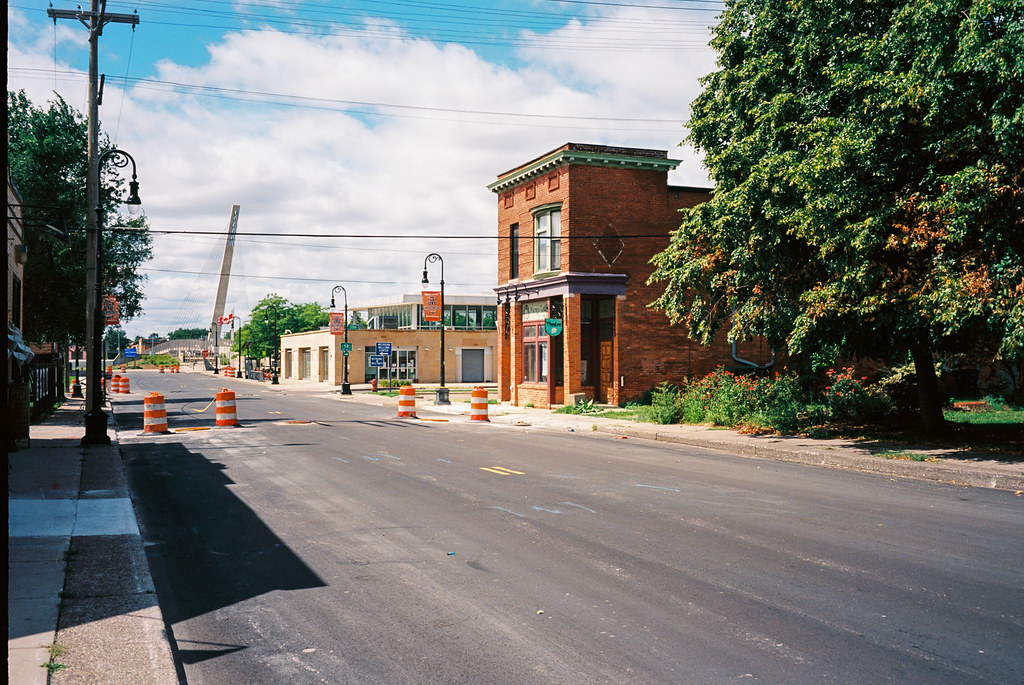#Southwest Michigan
Text
My mom is playing total eclipse of the heart on repeat
5 notes
·
View notes
Text
Meet-and-Greet with Buddy Jewell
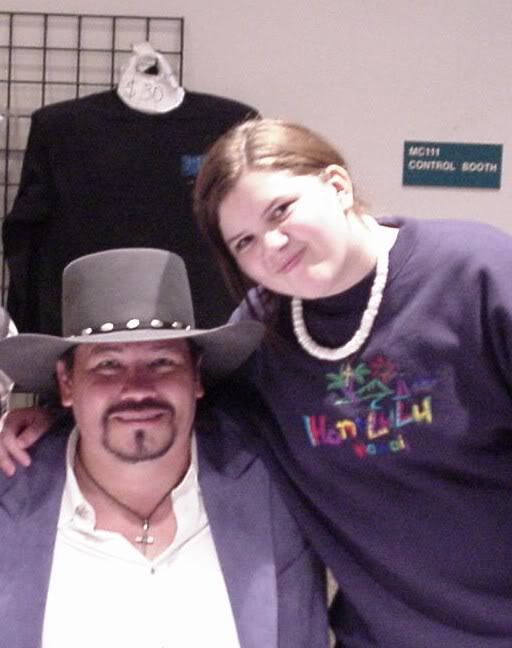
At the Mendel Center, Lake Michigan College, Benton Harbor, Michigan on March 26, 2004.
#buddy jewell#nashville star#lake michigan college#lake michigan#lmc#mendel center#2004#sweet southern comfort#One Step at a Time#I Can Get By#One in a Row#Southwest Michigan#Michigan#Benton Harbor#Saint Joseph#Twin Cities#Summer Jam#97.5 WYTZ#WYTZ
0 notes
Text
it’d be cool have a job i can functionally do, and do properly, but between my abrupt quits that involve me and the management shouting at each other, and the fun times i have between that job and the next one, idk how any retail expects anyone to stay tbh
#i would very much like a job i'd be willing to stick with for the rest of my life#but the jobs i know i wont??#i just left st pats park and i'm about to go to the beach#hmu if you're somewhat local#southwest michigan-ish
2 notes
·
View notes
Text
Snow ❄️ on my windshield this morning!!! First this season for our area!!
3 notes
·
View notes
Text
Why Hire A Medicare Agent In Michigan?
There is a lot of information available on the internet that you can gather about Medicare plans. Besides, you can ask for the help of a friend or family member before opting for a health care plan. However, the help of an expert Medicare agent in Michigan always remains at the top. They are licensed and offer the best advice for choosing the top-notch facility according to your healthcare needs. Read More: https://skbenefitsus.wordpress.com/2023/08/23/why-hire-a-medicare-agent-in-michigan

1 note
·
View note
Video
064300-R1-035-16 by Paul
Via Flickr:
Road Work Detroit, MI Fuji Tiara Zoom Kodak Ektar
#Detroit#Michigan#Empty Spaces#Southwest Detroit#Fujifilm Tiara Zoom#Kodak#Ektar 100#Kodak Ektar#Empty Streets#flickr
0 notes
Text

A member of the Miami tribe.
The Miami people, are a Native American nation, originally speaking one of the Algonquian languages. Among the peoples known as the Great Lakes tribes, it occupied territory, that is now identified as Indiana, southwest Michigan, and western Ohio.
By 1846, most of the Miami had been removed, to Indian Territory (now Oklahoma). The Miami Tribe of Oklahoma, is the only federally recognized tribe of Miami Indians, in the United States. The Miami Nation of Indiana, is an unrecognized tribe
659 notes
·
View notes
Text
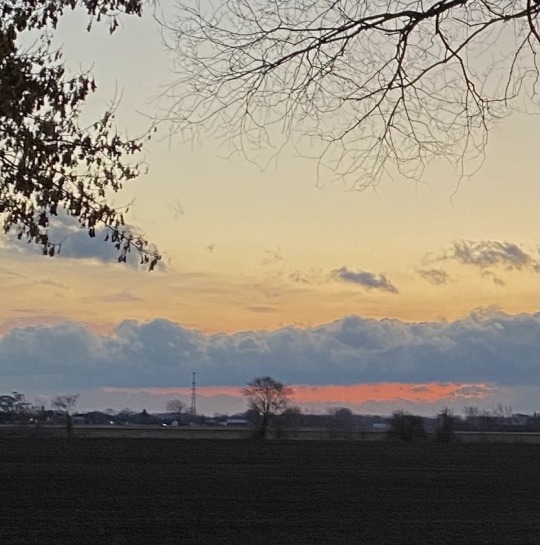
Good morning tumblrs, I can smell the weekend 😃 Today’s sunrise is not as spectacular as yesterday’s. We had a wall of clouds blocking the first light.
It is very warm here today and we have a strong wind from the southwest. This is not typical Michigan winter weather at all. Even in the picture above you can see all the snow is gone.
This is Super Bowl weekend, who’s gonna win?
#michigan#nature#country#sunrise#no fog#pure michigan#photographers on tumblr#original photography#original photographers#winter
72 notes
·
View notes
Text

A member of the Miami tribe.
The Miami people, are a Native American nation, originally speaking one of the Algonquian languages. Among the peoples known as the Great Lakes tribes, it occupied territory, that is now identified as Indiana, southwest Michigan, and western Ohio.
By 1846, most of the Miami had been removed, to Indian Territory (now Oklahoma). The Miami Tribe of Oklahoma, is the only federally recognized tribe of Miami Indians, in the United States. The Miami Nation of Indiana, is an unrecognized tribe.
186 notes
·
View notes
Text
The Miami people, are a Native American nation, originally speaking one of the Algonquian languages. Among the peoples known as the Great Lakes tribes, it occupied territory, that is now identified as Indiana, southwest Michigan, and western Ohio.
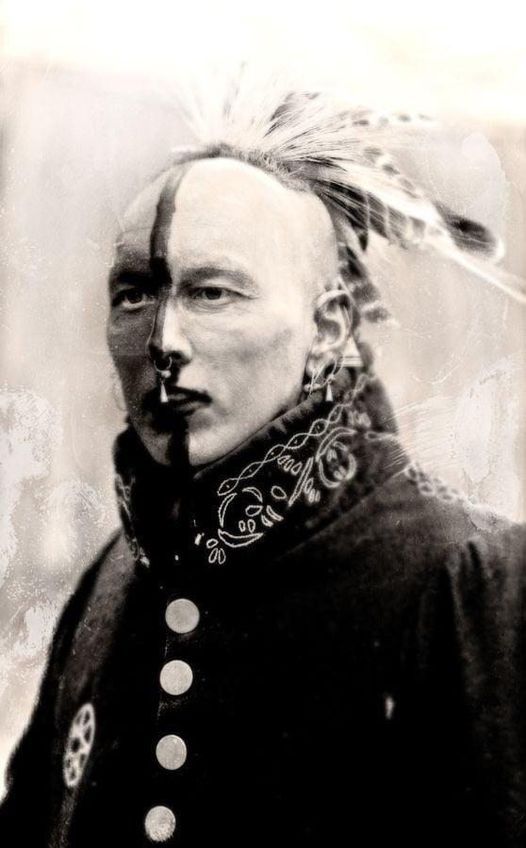
58 notes
·
View notes
Text
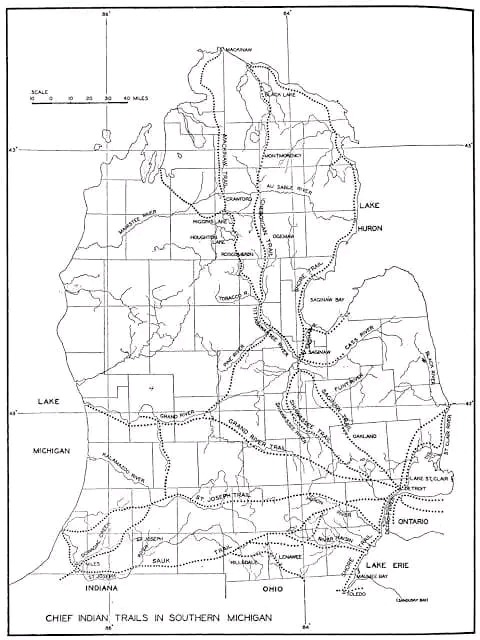
Michigan's first trails were not made by native Americans but ranging buffalo herds in migration. This was especially true on the St. Joseph trail in Southwest Michigan. The major trails in lower Michigan tended to link Indian settlements of Mackinac, Detroit, Saginaw, and Niles. The area around Saginaw had the most native American settlements in the Great Lakes region.
Noted below are native trails that we travel everyday.
Shore Line Trail - A minor trail starting near Toledo and hugging Lake Erie's shore, the Straits of Detroit. Past Fort Gratiot and Lake Huron to a spot near White Rock. White Rock was considered a solemn spiritual place of offering. Today this route is mirrored by Lakeshore Drive from Detroit to Lexington and M-25 north. This trail continues north along the entire shore to Cheboygan. It was considered a minor trail as travel via canoe was preferred along this route. Michigan chose to utilize much of the original Native American trail along Lake Huron and Saginaw Bay to create M-25. Paving of Michigan's First Scenic Highway was started in 1933 and completed in 1940.
Saginaw Trail - One of the oldest trails, this Sauk trail system, went from the Straits of Detroit to Saginaw. Today this starts at the Detroit River and heads northwest up Woodward Avenue to Pontiac, then continues up Dixie Highway through Flint to Saginaw.
Sand Ridge Indian Trail - An ancient trail from Saginaw to Port Austin in Michigan's Thumb. Used primarily for access to the rich hunting ground of the Thumb. Today, M-25 follows much of the same route. However, the old trail is still evident and marked as Sand Road in Huron County. A major canoe passage across Saginaw Bay occurred at Oak Point via Charity Island to reach the AuSable River.
St. Joseph's Trail - A major east-west system called Route du Sieur de la Salle and the Territorial Road. When the Territorial road was first built from Plymouth to St Joseph, a portion of the road was ‘corduroy.’ which means wood lo
14 notes
·
View notes
Note
When I was a kid, I heard not to call indigenous people Eskimo because it's derogatory. It means something to the effect of "eater of raw meat". "Inuit" was recommended instead.
As an adult, I've heard that they'd prefer Eskimo to Inuit because the former is a general term, whereas the latter is a specific tribe (and they hate getting confused with other tribes).
Inuit and Ojibwe are two tribes I've heard associated with Canada. I'd be interested in whatever other info (if any) you could dump on me.
Eskimo actually comes from the French word esquimaux, meaning one who nets snowshoes.
You are correct, Inuit is not the preferred term, while one group does use the term the hundreds of others do not.
To list a few terms used by the tribes aside from Inuit there is Inuvialuit, Inuinnaat, Inupiat, Yupiit, Cupiit, Yupiget, Yupik, and Sugpiat, but they can all be grouped under the term Eskimo as despite their varying cultures and traditions, all use snowshoes.
The Ojibwe live in both the United States and Canada and occupy land around the entire Great Lakes, including in Minnesota, North Dakota, Wisconsin, Michigan, and Ontario.
It'll be hard to name all of the tribes in Canada off the top of my head...
There are more than 630 tribal communities in Canada, which represent more than 50 Nations and 50 languages, but from the top of my head I can name the;
The Cree are one of the largest tribes in Canada. Their territory covers a vast area of Western Canada from the Hudson-James Bay region to the foot of the Rocky Mountains, and in Alberta between the North banks of the North Saskatchewan River to Fort Chipewyan.
The Dene have historically inhabited central and northwestern Canada in an area known as Denendeh, meaning “the Creator's Spirit flows through this Land” or “Land of the People.” This region includes the Mackenzie River Valley and the Barren Grounds in the Northwest Territories.
The Haida People have occupied Haida Gwaii since time immemorial. Their traditional territory encompasses parts of southern Alaska, the archipelago of Haida Gwaii and its surrounding waters.
The Niitsitapi, also known as the Blackfoot or Blackfeet Indians, reside in the Great Plains of Montana and the Canadian provinces of Alberta and Saskatchewan. Originally, only one of the Niitsitapi tribes was called Blackfoot or Siksika.
The majority of Métis live in the western provinces and Ontario, they are the product of tribal marriages with the French, they were rejected by both the tribes and the French and so formed their own tribe.
The Mohawk people are the most easterly section of the Iroquois Confederacy. They are an Iroquoian-speaking Indigenous people of North America, with communities in southeastern Canada and northern New York State, primarily around Lake Ontario and the St. Lawrence River.
The Nootka are a people who live on what is now the southwest coast of Vancouver Island, and on Cape Flattery, and the northwest tip of the state of Washington.
The Huron-Wendat are one of Québec's most urbanized Indigenous nations. Their cousins the Wyandot moved to Michigan, Ohio, Kansas, and Oklahoma.
Mi'kmaq communities are located predominantly in Nova Scotia and New Brunswick, but with a significant presence in Quebec, Newfoundland, Maine and the Boston area.
The Nuxalk people call themselves the Nuxalkmc. Traditional Nuxalk territory is the central coast of British Columbia, from the mouth of the Bella Coola River inland along the Bella Coola Valley and nearby inlets and channels.
Also, the Canadian Ojibwe tribes are the same as the American Chippewa tribes, like I mean they are the exact same tribe just called different names.
80 notes
·
View notes
Text


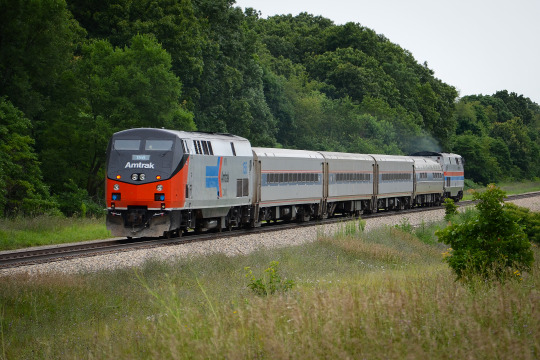
A Surprise—and then Another
I ran across some older images on a drive yesterday...
It turns out that 2011 was the fortieth anniversary of the creation of Amtrak. To commemorate this, among other things, certain locomotives were painted in the various former paint schemes. Number 66, painted in the Phase II scheme, was on point of number 350, one of the three daily Wolverine trains in Michigan. When I turned to bag the going-away shot of the train, I captured number 156, which is painted in the Phase I scheme.
I was a photographer of trains back in my teens and both of these schemes can be found among my Amtrak slides of an earlier era. Both locomotives here are GE P42DC units. These shots were made in southwest Michigan, between Decatur and Lawton—Amtrak’s own, former Michigan Central, right-of-way.
Two images by Richard Koenig; taken on July 27th 2011.
44 notes
·
View notes
Text
MY IDEAS FOR CHICAGO
1. Eliminate Michigan Avenue
2. Add stoplights to Lake Shore Drive
3. Magenta Line that takes you from Jefferson Park to Rogers Park
4. Silver Line that takes you around the southwest side
5. new park with 1000 miles prairie grass
6. more bagels
7. free cubs tickets sent to one random address every day
88 notes
·
View notes

